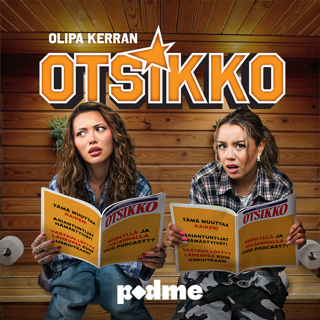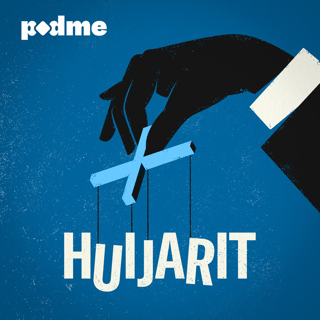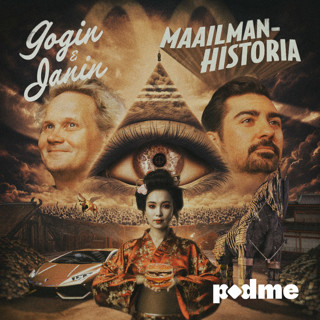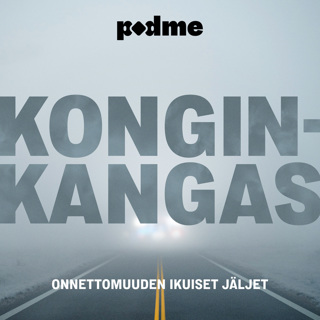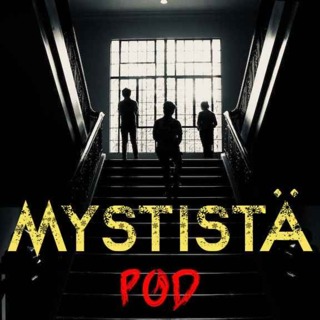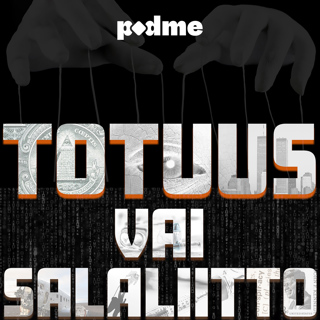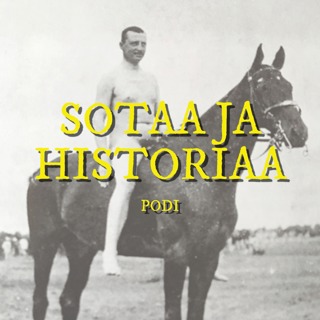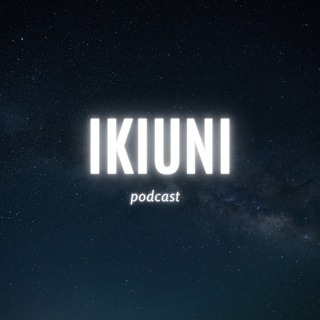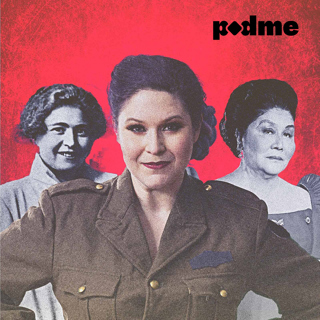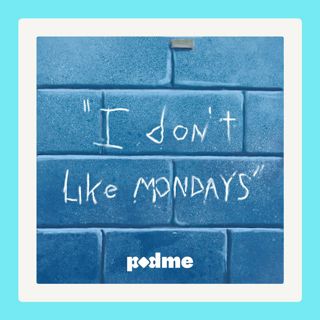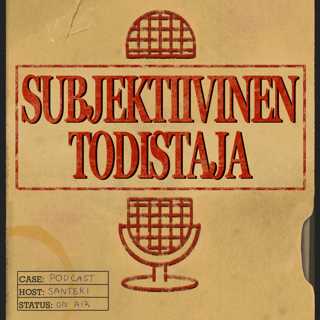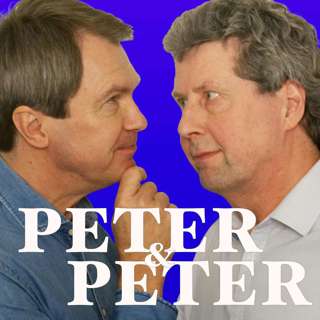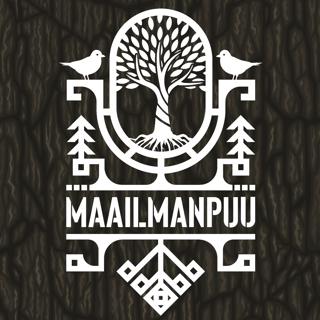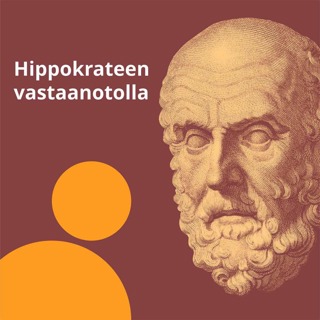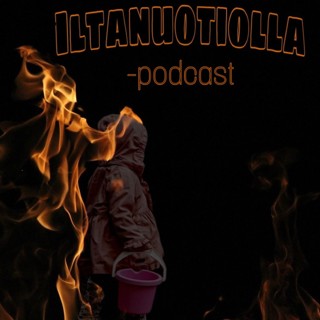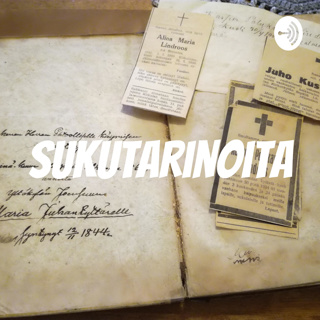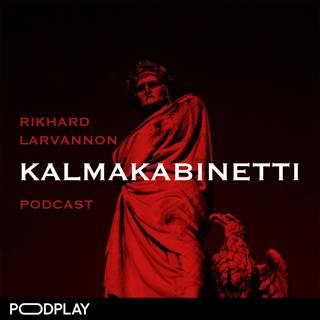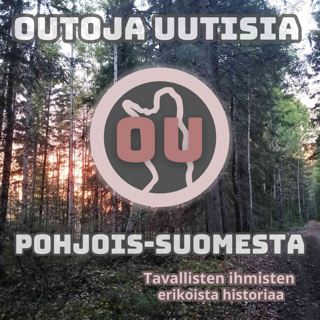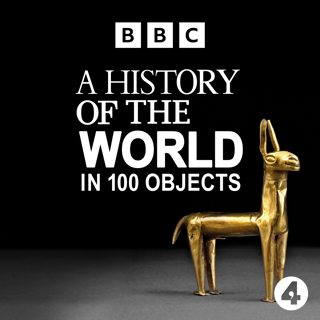
North American otter pipe
The history of the world as explained through objects arrives in North America 2000 years ago and a stone pipe used in ritual. It is one of hundreds of pipes shaped as animals that were found in huge mounds in present day Ohio. Neil MacGregor pieces together the evidence for how these pipes were used. Tony Benn and the artist Maggie Hambling consider the allure of smoking from a modern perspective while Native American historian Gabrielle Tayac describes how the pipe formed a central role in traditional ritual and religious life. Producer: Anthony Denselow
25 Touko 201014min

Warren Cup
Throughout this week Neil MacGregor, the director of the British Museum in London, is exploring the ways in which people were seeking pleasure around the world 2000 years ago, from pipe smoking in North America to court etiquette in China. He starts with the Roman Empire and a silver cup that offers a rare glimpse into the world of sex in ancient Rome. The cup features such explicit images of homosexual acts that it was once banned from America and museums refused to buy it. The Warren Cup is now one of the British Museum's better known objects. In today's programme Neil examines the sexual climate of Rome. Just how was sexuality viewed at this time, and why were the Romans so keen to copy the Greeks? The historians Bettany Hughes and James Davidson help provide the answers.Producer: Anthony Denselow
24 Touko 201014min

Head of Augustus
Neil MacGregor concludes the first week of the second part of his global history as told through objects from the British Museum. This week he has been exploring the lives and methods of powerful rulers around the world about 2000 years ago, from Alexander the Great in Egypt to Asoka in India. Today he introduces us to the great Roman emperor Augustus, whose powerful, God-like status is brilliantly enshrined in a larger than life bronze head with striking eyes. Neil MacGregor describes how Augustus dramatically enlarged the Roman Empire, establishing his image as one of its most familiar objects. The historian Susan Walker and the politician Boris Johnson help explain the power and methodology of Augustus.Producer: Anthony Denselow
21 Touko 201014min

Chinese Han lacquer cup
In a week of programmes exploring the nature of power and the emergence of new rulers around the world 2000 years ago, Neil MacGregor takes us to Han Dynasty China. He tells the story of how the Chinese maintained loyalty and control by dispensing luxury gifts. He describes the world of the imperial Han through an exquisite lacquer wine cup that was probably given by the emperor to one of his military commanders in North Korea. The historian Roel Sterckx underlines the importance of lacquer for the period while writer Isabel Hilton looks at how the production of goods under state control has remained a consistent interest of the Chinese.Producer: Anthony Denselow
20 Touko 201014min

Rosetta Stone
Today's programme finds Neil MacGregor in the company of one of the best known inhabitants of the British Museum - the Rosetta Stone. Throughout this week he is exploring shifting empires and the rise of legendary rulers around the world over 2000 years ago and here he takes us to the Egypt of Ptolemy V. He tells the story of the Greek kings who ruled in Alexandria. He also explains the struggle between the British and the French over the Middle East and their squabble over the stone. And, of course, he describes the astonishing contest that led to the most famous decipherment in history - the cracking of the hieroglyphics on the Rosetta Stone. Historian Dorothy Thompson and the writer Ahdaf Soueif help untangle the tale. Producer: Anthony Denselow
19 Touko 201014min

Pillar of Ashoka
The history of the world as told through objects at the British Museum arrives in India over 2000 years ago. Throughout this week Neil MacGregor is exploring the lives and methods of powerful new leaders. Today he looks at how the Indian ruler Ashoka turned his back on violence and plunder to promote the ethical codes inspired by Buddhism. He communicated to his vast new nation through a series of edicts written on rocks and pillars. Neil tells the life story of Ashoka through a remaining fragment of one of his great pillar edicts and considers his legacy in the Indian sub-continent today. Amartya Sen and the Bhutanese envoy to Britain, Michael Rutland, describe what happened when Buddhism and the power of the state come together. Producer: Anthony Denselow
18 Touko 201014min

Head of Alexander
Another chance to hear the first programmes in the second part of Neil MacGregor's global history told through objects from the British Museum. This week Neil is exploring the lives and methods of powerful rulers around the world 2000 years ago, asking what enduring qualities are needed for the perfect projection of power. Contributors include the economist Amartya Sen, the politician Boris Johnson, political commentator Andrew Marr and the writer Ahdaf Soueif. Neil begins by telling the story of Alexander the Great through a small silver coin, one that was made years after his death but that portrays an idealised image of the great leader as a vigorous young man. Neil then considers how the great Indian ruler Ashoka turned his back on violence and plunder to promote the ethical codes inspired by Buddhism. Neil tells the life story of Ashoka through a remaining fragment of one of his great pillar edicts and considers his legacy in the Indian sub-continent today. The third object in today's omnibus is one of the best known in the British Museum, the Rosetta Stone. Neil takes us to the Egypt of Ptolemy V and describes the astonishing contest that led to the most famous bits of deciphering in history - the cracking of the hieroglyphics on the Rosetta Stone. An exquisite lacquer wine cup takes Neil to Han Dynasty China in the fourth programme and the omnibus concludes with the 2000 year old head of one of the world's most notorious rulers - Caesar Augustus. Producers: Anthony Denselow and Paul Kobrak.
17 Touko 201013min

Chinese Bronze Bell
This week Neil MacGregor is exploring the emergence of sophisticated new powers across the world 2500 years ago, from the Parthenon in Greece, to the great empire of Cyrus in Persia and the forgotten people of the Olmec in Mexico. Today he arrives in China at the time of Confucius. He explores the Confucian view of the world with a large bronze bell - with help from the writer Isabel Hilton and the percussionist Evelyn Glennie. Confucius believed in a society that worked in harmony. How do his teachings go down in China today?
26 Helmi 201014min


